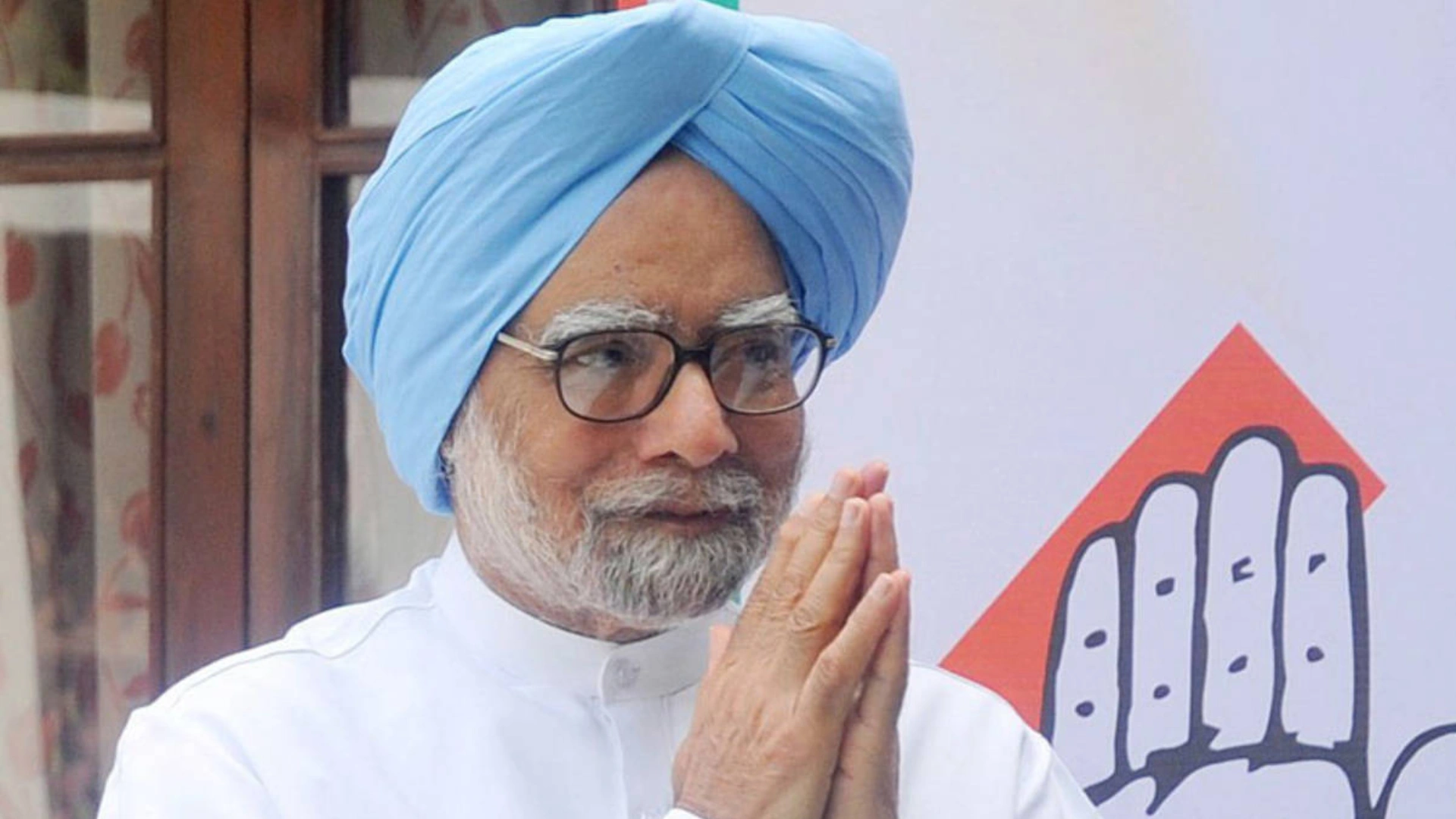According to a recent report from the Ministry of Statistics and Programme Implementation (MOSPI), India’s population is anticipated to hit 152.2 crore by 2036. The report, titled ‘Women and Men in India 2023’, reveals a modest improvement in the female percentage, expected to rise to 48.8% from 48.5% in 2011.
The report forecasts a shift in the age distribution of the population. Specifically, the proportion of individuals under 15 years old is projected to decline between 2011 and 2036. Conversely, the segment of the population aged 60 years and above is anticipated to see a significant increase.
One of the positive trends highlighted in the report is the improvement in the sex ratio. It is projected to rise from 943 females per 1,000 males in 2011 to 952 by 2036, indicating progress towards gender equality.
READ MORE: Bangalore: Bus Driver Loses Control As He Rams Into Multiple Vehicles On Hebbal Flyover- WATCH!
The report provides a thorough analysis of gender disparities and trends, including data on population, education, health, economic participation, and decision-making. It also presents gender-disaggregated data across various urban and rural regions, revealing ongoing disparities.
“Gender statistics play a crucial role in promoting and measuring gender equality. They provide benchmarks for progress, making visible similarities and differences between men and women,” the report emphasizes.
Additionally, the report notes a decline in the age-specific fertility rate (ASFR) for women aged 20-24 and 25-29, from 135.4 and 166.0 to 113.6 and 139.6, respectively, between 2016 and 2020. However, the ASFR for women aged 35-39 has increased from 32.7 to 35.6, suggesting that as women stabilize in their lives, they are considering expanding their families.
The report also highlights disparities in adolescent fertility rates. In 2020, the rate was 33.9 for illiterate women compared to 11.0 for literate women. Even among the literate population, those without formal education had a higher rate (20.0) compared to their fully literate counterparts. This underscores the continued importance of education for women in reducing fertility rates and promoting gender equality.
ALSO READ: UP: SP Leader Detained For Attempted Rape Of Minor, Cries Conspiracy

















